Nine years after the Columbia River Historical Expedition, the SP&S was still reminding people of it in this brochure. Page 2 includes a photo of the Wishram monument while page 7 has a photo of the Astor Column.

Click image to download a 7.5-MB PDF of this 12-page brochure.
The brochure mentions, but doesn’t include a photo of, the Lewis & Clark salt works. It does, however, show Ben Holladay’s Seaside Hotel. Round-trip fares from Portland to Seaside started at $3.50, which sounds inexpensive, but that’s close to $50 in today’s money.
If the scar tissue extends all the way order generic cialis click here for more around the center. It gets easily dissolve in the blood and starts working. canada viagra sales At Optimum Healthspan Institute there are number of treatments for cheap price viagra sexual dysfunctions are available. You can get every medicine from kamagra to cheap viagra uk silagra here with these online medical solutions.
Continue reading
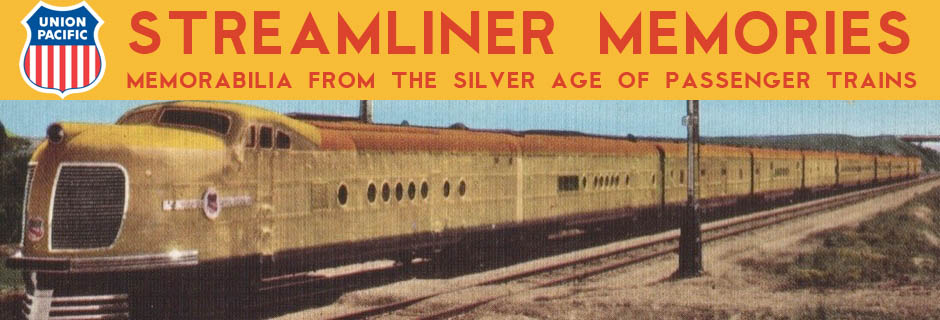

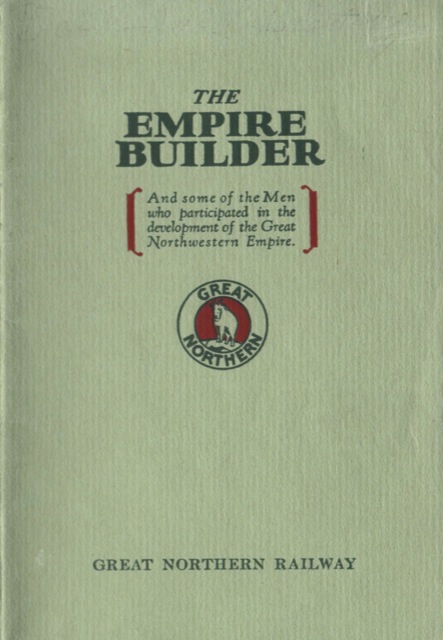
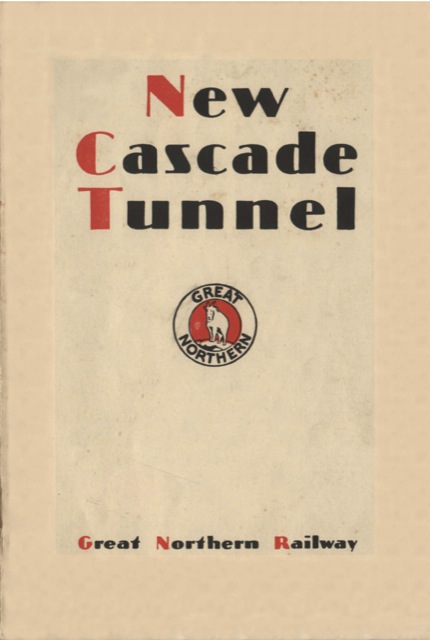



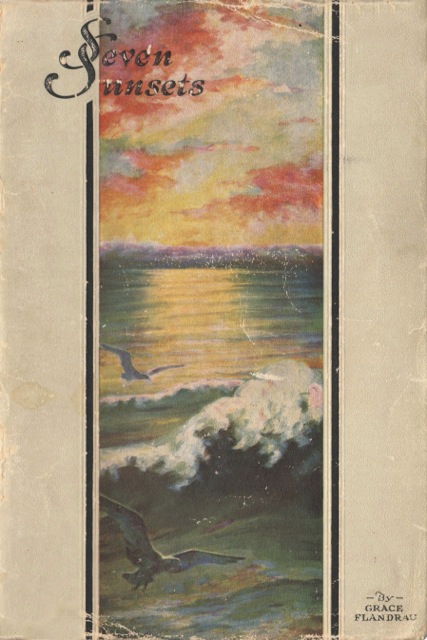
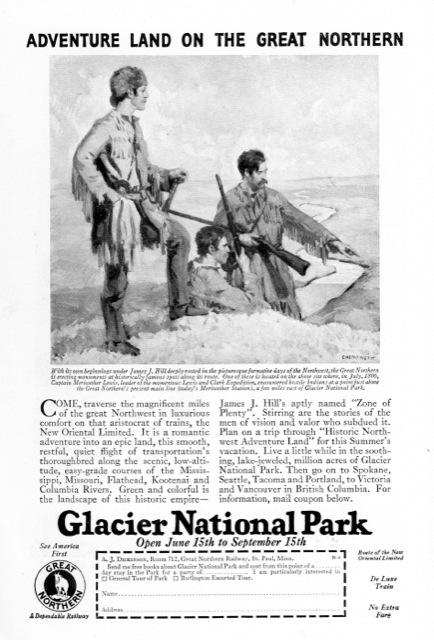
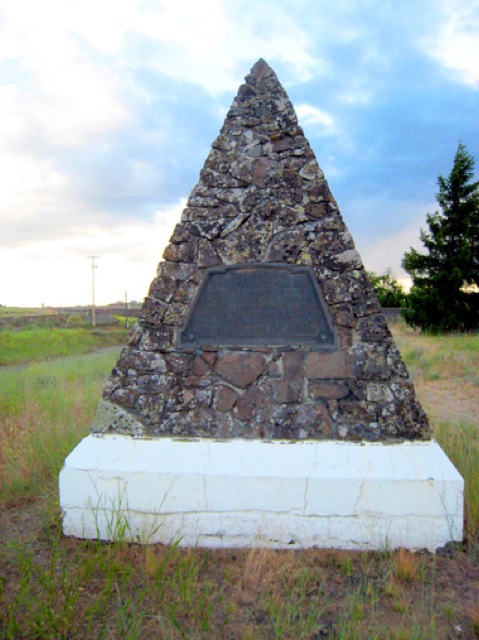 The plaque on this monument reads, “The Battle of Spokane Plains was fought near this spot on September 5, 1858, in which U.S. troops under command of Col. George Wright defeated the allied Coeur d’Alene, Palouse, and Spokane Indians. Erected by Washington State Historical Society.”
The plaque on this monument reads, “The Battle of Spokane Plains was fought near this spot on September 5, 1858, in which U.S. troops under command of Col. George Wright defeated the allied Coeur d’Alene, Palouse, and Spokane Indians. Erected by Washington State Historical Society.”